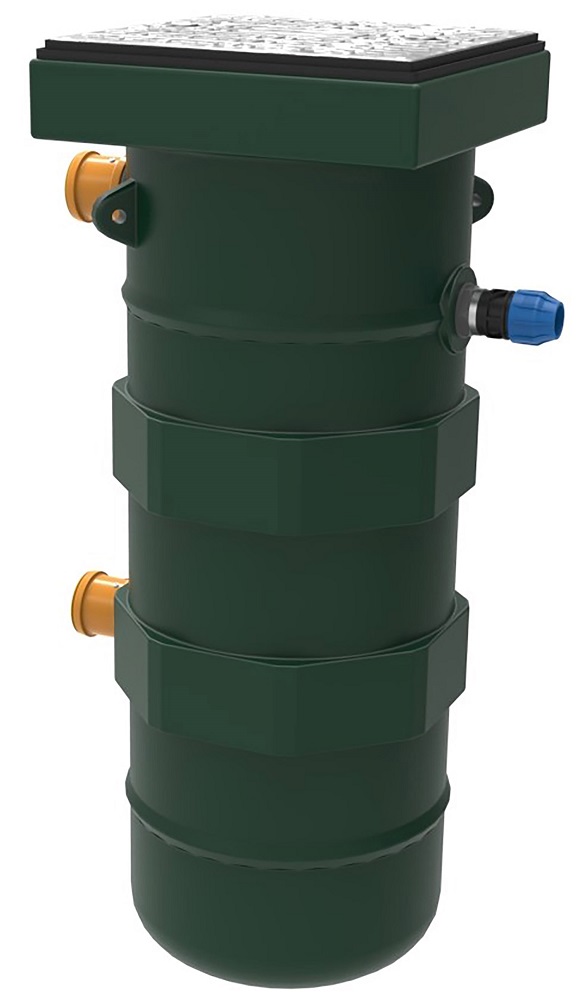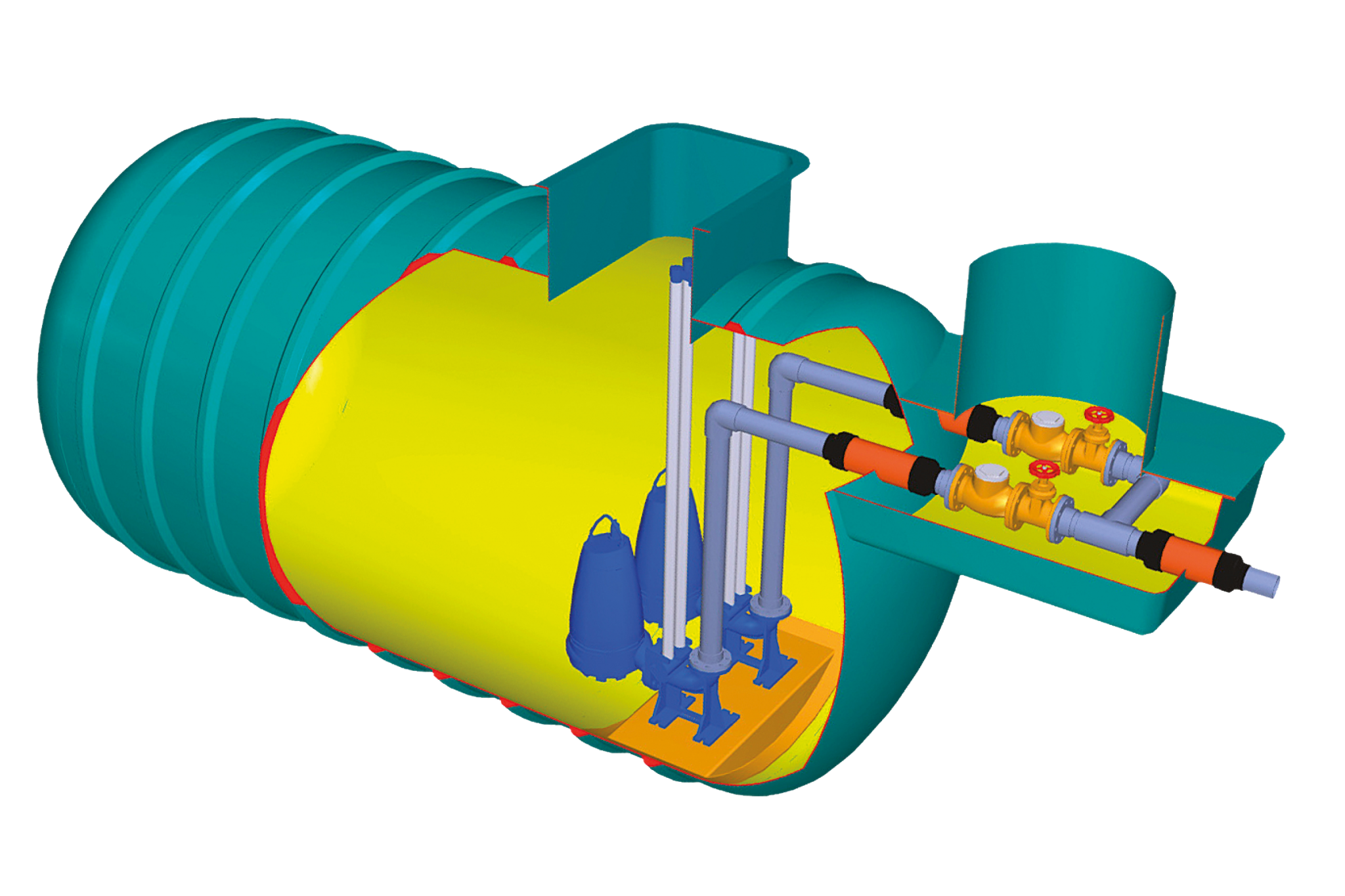In this post, we take a look at wastewater pump stations: what they are, why they are needed and where they are typically used.
What is a wastewater pump station and what does it do?
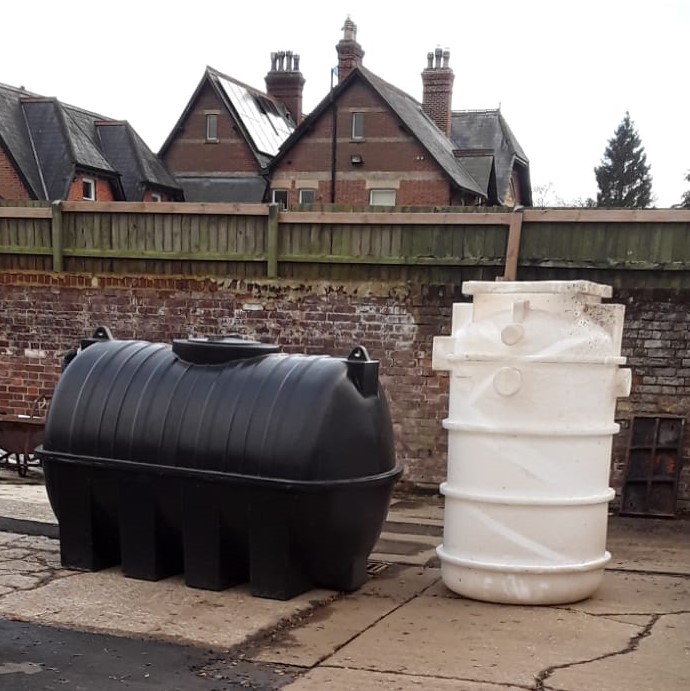 A pump station in its simplest form is the combination of a holding tank and a pump system, used to lift stormwater, greywater or effluent to a higher point – for example, from a basement to ground level – where a usual gravity system cannot be installed.
A pump station in its simplest form is the combination of a holding tank and a pump system, used to lift stormwater, greywater or effluent to a higher point – for example, from a basement to ground level – where a usual gravity system cannot be installed.
The holding tank – also known as a wet well – receives the wastewater and stores it until the level in the tank reaches a float switch. As the liquid level activates the float switch the pump is activated and empties the tank, through a non-return valve, to the receiving drain or treatment plant.
Pumping stormwater
Stormwater – the rainwater run-off from roofs, roads and other non-porous surfaces – may require a pump station to remove it from low-lying areas to prevent flooding or soil saturation.
Pumping greywater
Greywater is the wastewater from kitchen sinks, hand basins, showers and washing machines. Greywater is normally discharged into stormwater drains rather than sewers, so any facilities producing greywater below the level of the stormwater drain will require a pump station.
Greywater can also conserve water usage by being reused to flush toilets. To do this, a pump station is often used to convey greywater to a storage header tank in the roof space.
Pumping effluent
Below-ground sewage facilities require a separate pump station from that used for greywater, as the effluent will be discharged separately into a main sewer or sewage treatment system.
If the effluent needs to be pumped higher than usual or across a larger distance, a grinder or macerator can also be fitted to the pump station. This chops the solids in effluent into fine particles that, when combined with liquid effluent, make a thinner slurry that is more easily pumped.
Where are wastewater pump stations used?
Wastewater pump stations have many domestic, commercial, industrial, agricultural and public sector uses.
Domestic wastewater pump stations
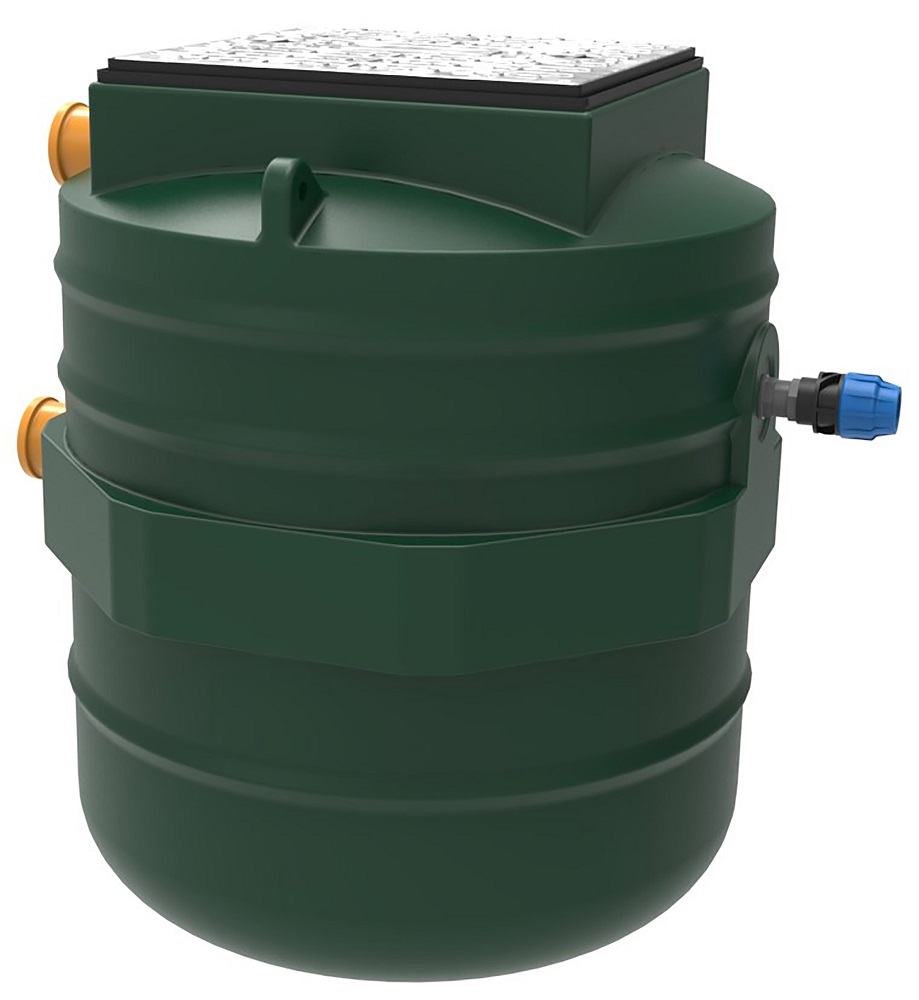
Private homes often require a wastewater pump station if the lowest point of their greywater or sewage system is below the level of the main sewer, or if the distance between the property and the main sewer is too great for a conventional gravity system to work efficiently.
Commercial wastewater pump stations
Commercial and public sector properties such as offices, leisure centres, hospitals and schools may also require wastewater pump stations for the same reasons as those we have described above for private homes, only on a larger scale as they will need to cope with the demands of a higher number of users.
Twin pump versions are also frequently used to remove treated effluent from a sewage treatment plant and discharge it into a drain.
Agricultural and industrial wastewater pump stations
Wastewater pump stations are used in agriculture for stormwater removal from areas that are low-lying or where the soil is too heavy for the water to percolate through the ground.
Industries that generate contaminated wastewater must pass this through a water treatment system before it is discharged into the main drains or a watercourse.
Industries such as food processing often operate washdown systems, with wastewater flushed from machinery and work areas being flushed via floor drains into holding tanks before treatment. Wastewater pump stations are used in these instances to transfer the water from below the ground to the treatment system.
What pump station do I need?
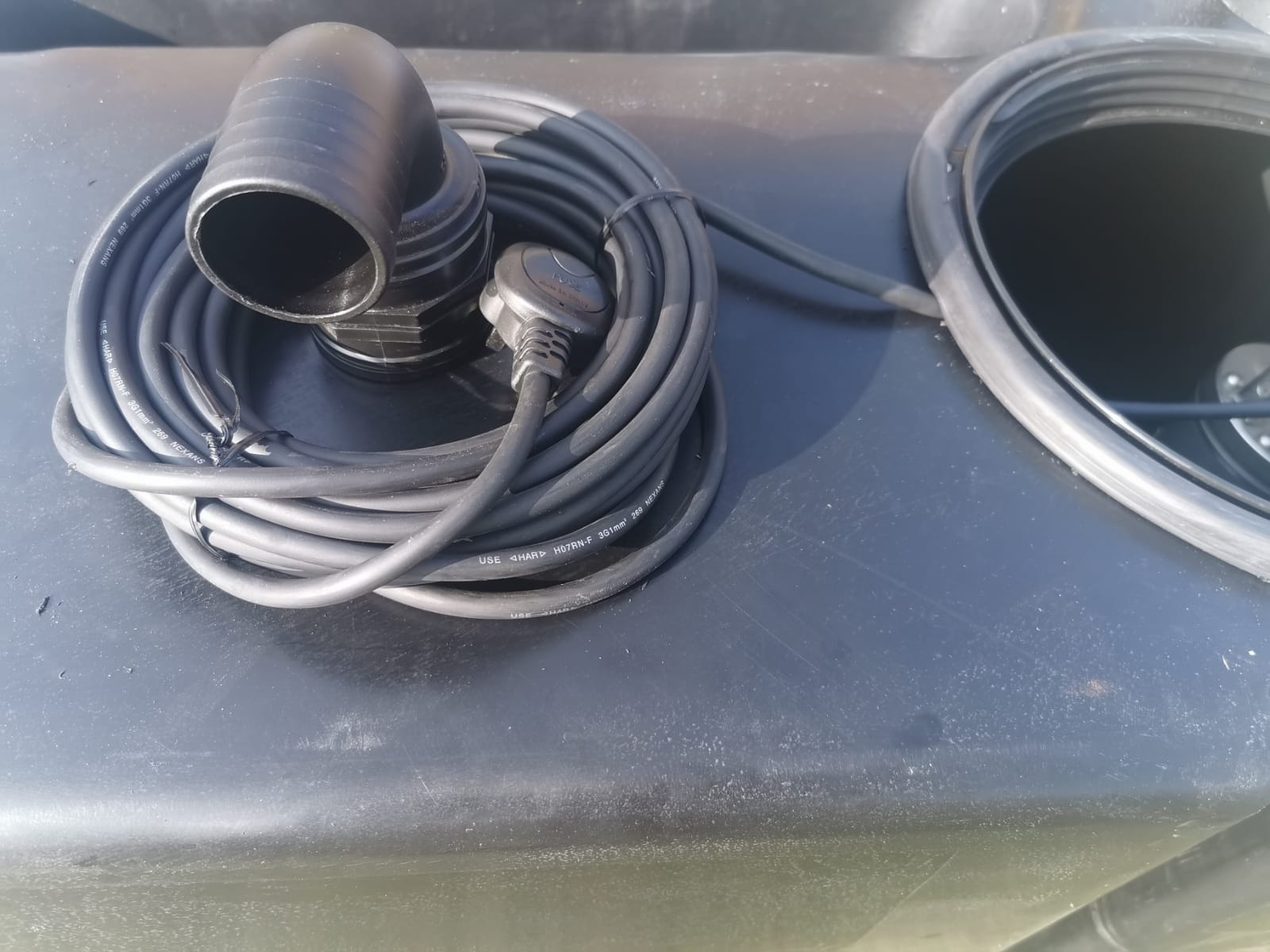
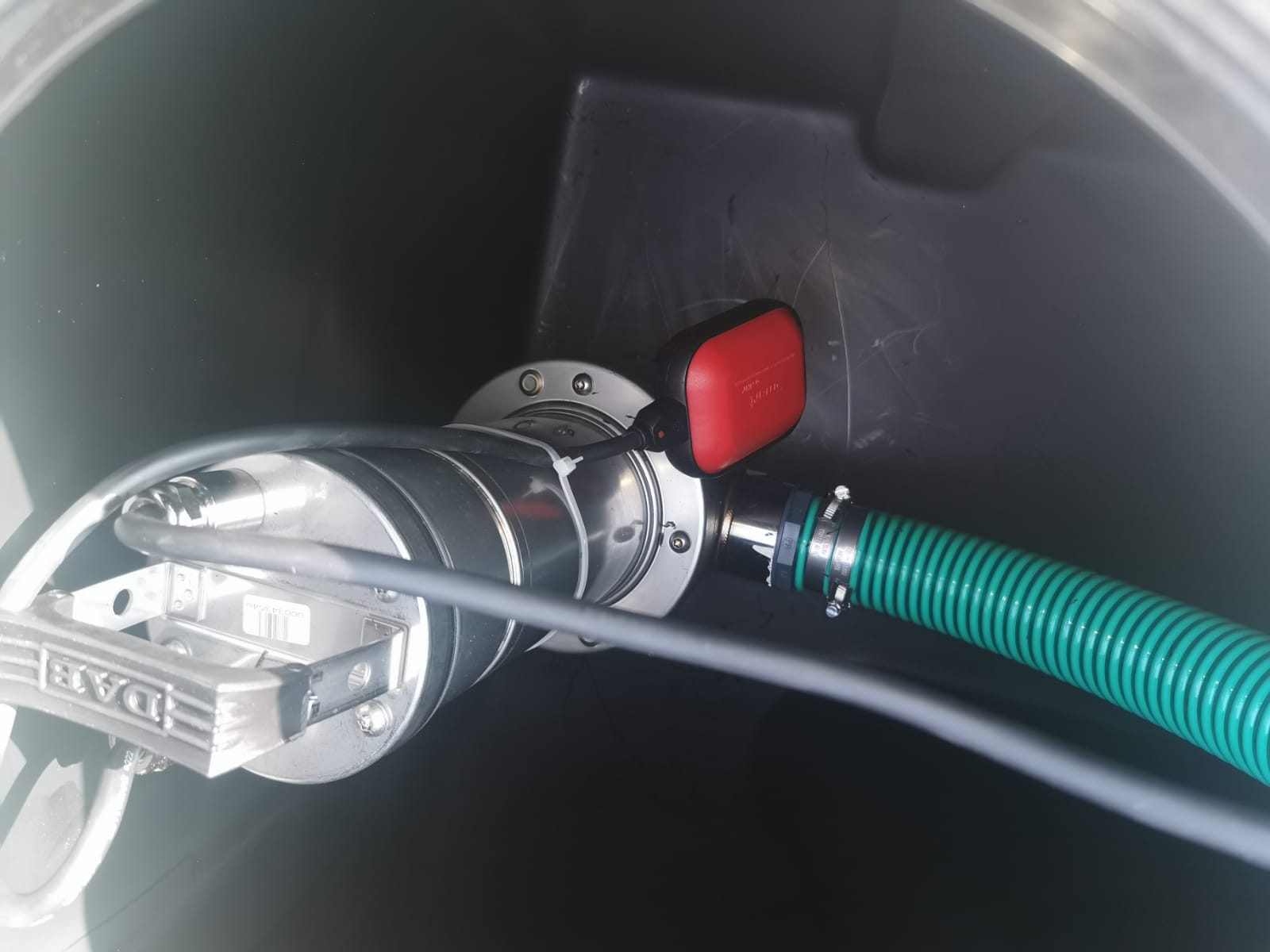
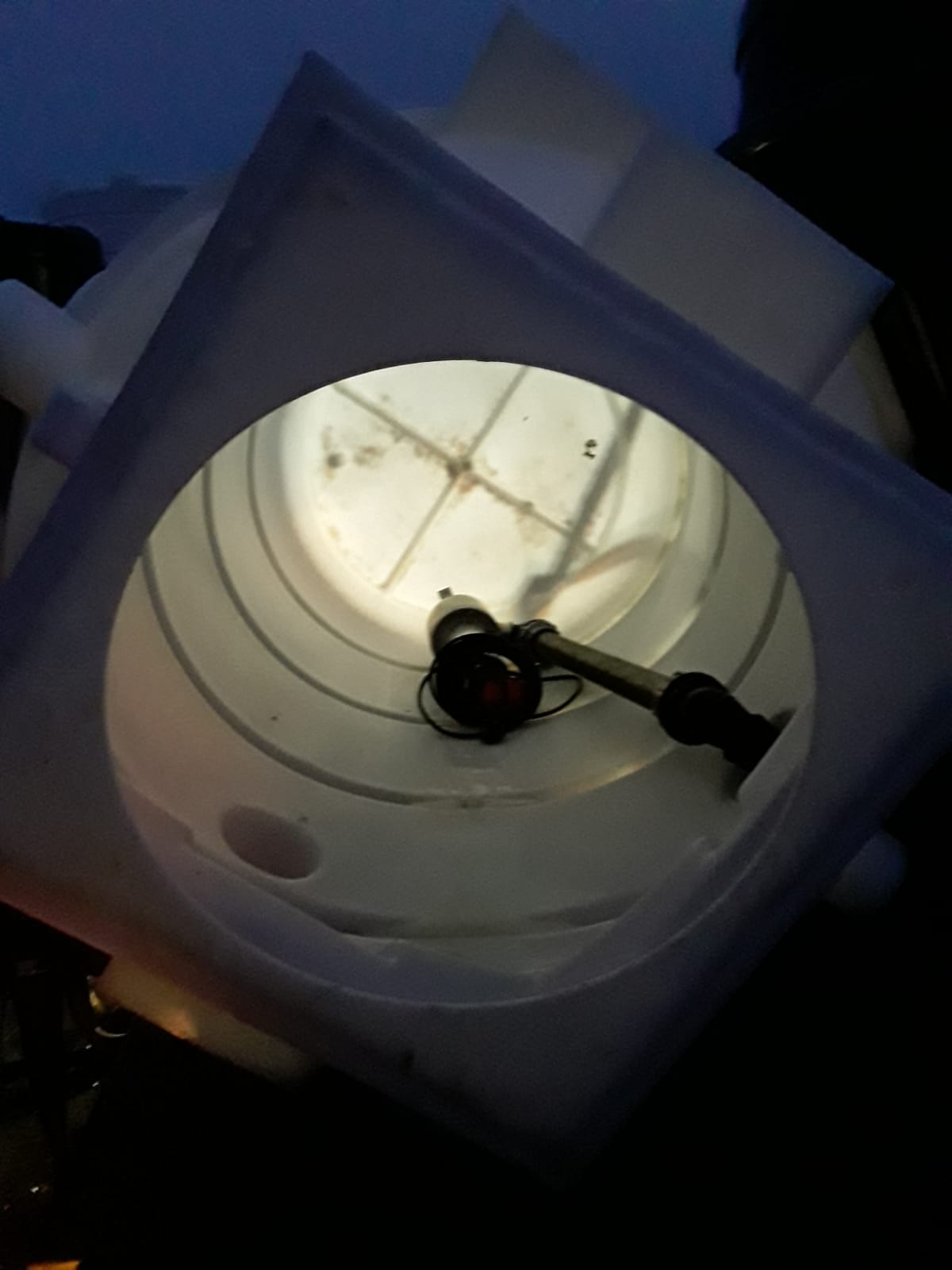
We supply wastewater pump stations both from Harlequin and our own Tungsten™ brand range, and all these can be adapted with the required pipework and different fittings, inlets and outlets to suit your application.
We match the size of the pump station to suit your property, use and the number of people it will serve.
For single domestic properties our smallest pump station, with a tank capacity of 450 litres, is suitable for an extension or outbuilding, while the main range of pump stations starts with an 800-litre tank capacity.
If the pump station is to serve a group of houses or flats, a larger pump station such as the 3,200-litre station will be required.
Commercial, agricultural and industrial applications will require even larger pump stations, available within both the Harlequin and Tungsten ranges. We also supply GRP underground tanks from SPEL for high-capacity wastewater storage.
If you would like help working out which pump station would be best for you or would like us to quote for supplying one, contact us on 01953 665940 or email info@tanks-uk.com.


